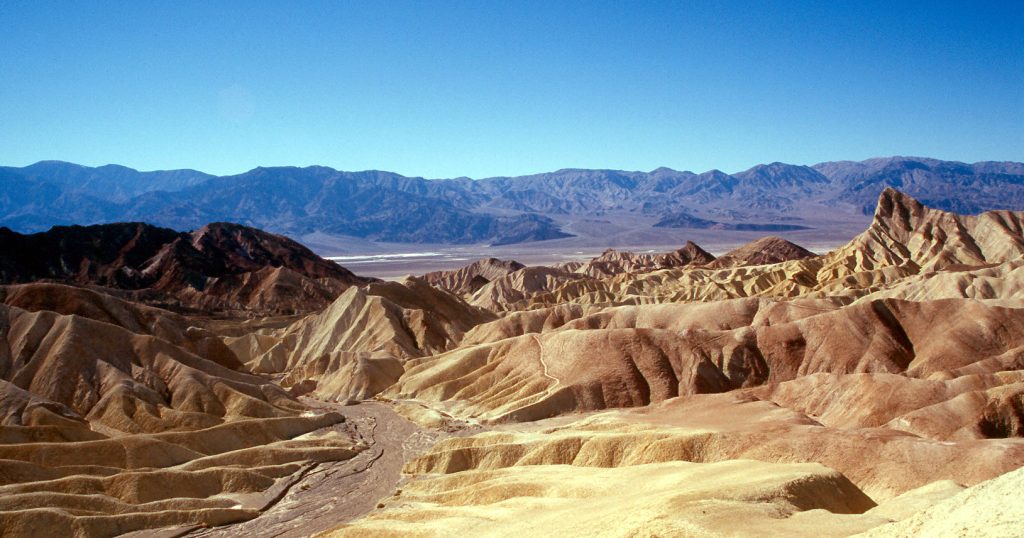Top 10 Outdoor Attractions near Las Vegas
Whether you’re looking to catch a break from the crowds, cigarette smoke, and slot ringing on the Vegas Strip or spend your evening in style, JW Marriott’s Paradise Villas club is guaranteed to offer an escape that is sure to please.
Vegas is a great place to spend your vacation because of the many outdoor activities you’ll enjoy. There are national parks, recreation areas and more to discover outdoors. It’s also an ideal spot for outdoor enthusiasts.
According to the LVCVA.COM, 2021 Mid-Year Las Vegas Visitor Profile Snapshot more than a fifth of people found things to do in the Las Vegas area, including nearby National Parks.
This is a list of the most popular outdoor activities near Las Vegas. The responses to the question, “What other nearby destinations they had visited or planned to visit,” were used to compile this list.
1. The Grand Canyon
Distance to the Grand Canyon West Rim from Las Vegas
Approximately 2 hr 17 min (129 miles)
Distance to the Grand Canyon South Rim from Las Vegas
Approximately 4 hr 32 min (283.7 miles)
About the Grand Canyon
The Grand Canyon is considered one of the most popular tourist attractions in Las Vegas, so it’s no wonder that there are two beautiful ways to experience it – the South Rim and the West Rim.
From the outside, the South Rim of the Grand Canyon could be seen as a better option, it is both further from Vegas and oftentimes considered more scenic. However, it should not overshadow how spectacular the North Rim is too.
The West Rim is in closer proximity to the city and includes a Skywalk attraction that extends 70 feet over the edge. The walkway gives you a great view of the bottom of this canyon as it rests on the floor made entirely of glass.
Fun Fact About The Grand Canyon
According to ZionNationPark.com,
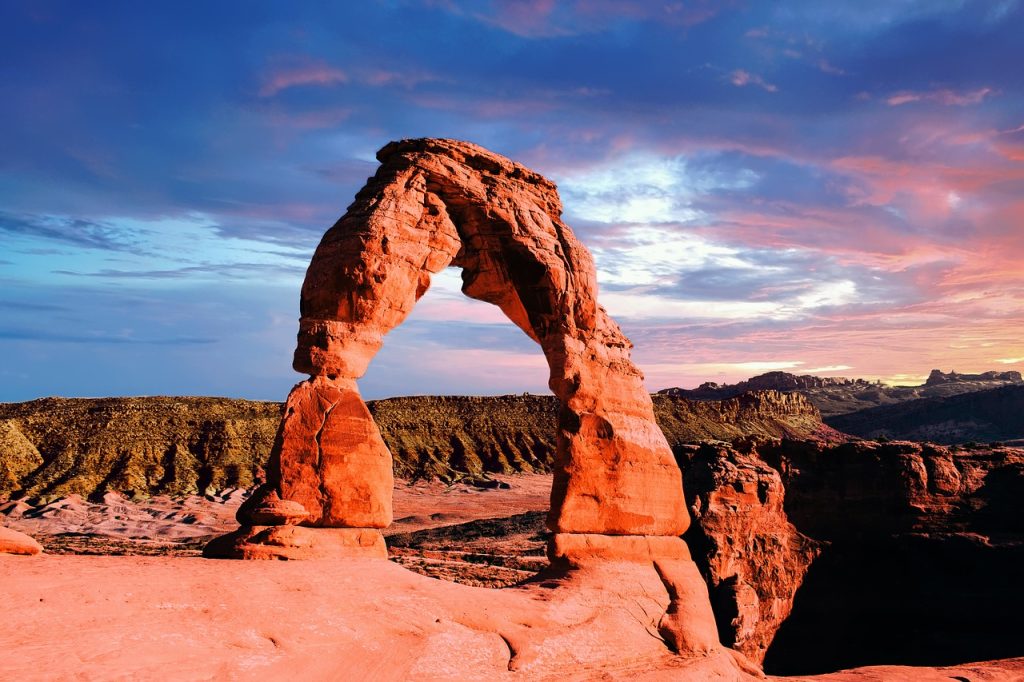
2. The Hoover Dam
Distance to Hoover Dam from Las Vegas
Approximately 50 min (41.1 miles)
About the Hoover Dam
According to the Hoover Dam Official website, Hoover Dam is as tall as a 60-story building. It was the highest dam in the world when it was completed in 1935. Its base is as thick as two football fields are long.
Each spillway, designed to let floodwaters pass without harming the dam itself, can handle the volume of water that flows over Niagara Falls. The amount of concrete used in building it was enough to pave a road stretching from San Francisco to New York City.
The dam had to be big. It held back what was then, and still is, the largest man-made lake in the United States. The amount of water in the lake, when full, could cover the whole state of Connecticut ten feet deep. Only a huge dam could stand up to the pressure of so much water.
Fun Fact About The Hoover Dam
According to ZionNationPark.com,
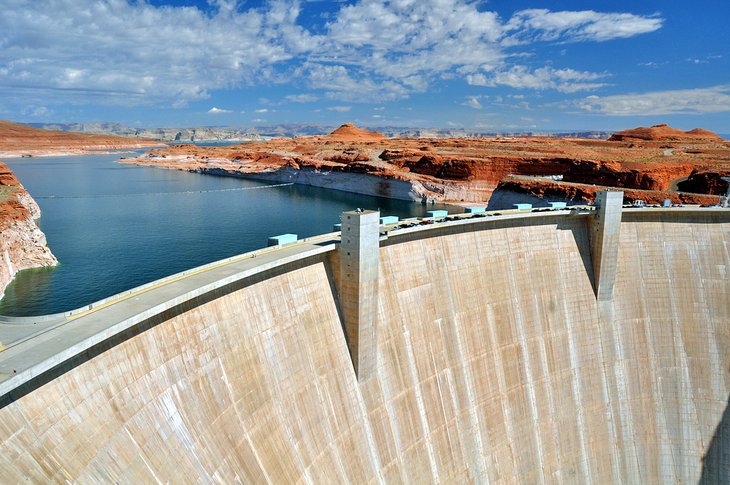
3. Lake Mead
Distance to Lake Mead from Las Vegas
Approximately 49 min (36 miles)
About Lake Mead
According to the official Lake Mead Website, Lake Mead is a large reservoir on the main stem of the Colorado River. Hoover Dam, which formed Lake Mead, is located in Black Canyon approximately 30 miles east of Las Vegas, NV in the Mojave Desert, Arizona-Nevada (Figure 1).
At full pool, Lake Mead is the largest reservoir in the United States by volume and is second only to Lake Powell in surface area (Paulson and Baker 1983).
Lake Mead has enough capacity to hold the entire average annual flow of the Colorado River for two years (WPRS 1981). At full pool, Lake Mead extends 65 miles from Hoover Dam to Pearce Ferry. Its greatest width is 9.3 miles, and the highly irregular shoreline is 550 miles in length (WPRS 1981).
Fun Fact About Lake Mead
According to ZionNationPark.com,
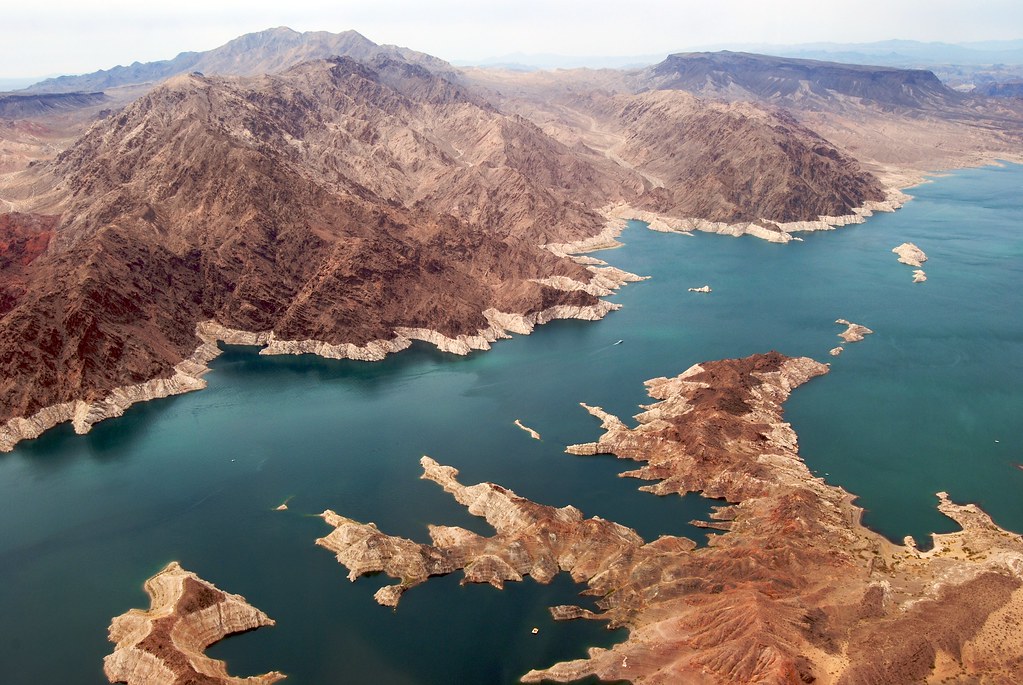
4. Red Rock Canyon
Distance to Red Rock Canyon from Las Vegas
Approximately 18 min (10 miles)
About Red Rock Canyon
According to BLM.GOV — Red Rock Canyon was designated as Nevada’s first National Conservation Area. Red Rock Canyon is located 17 miles west of the Las Vegas Strip on Charleston Boulevard/State Route 159. The area is visited by more than two million people each year. In marked contrast to a town geared to entertainment and gaming, Red Rock offers enticements of a different nature including a 13-mile scenic drive, miles of hiking trails, rock climbing, horseback riding, mountain biking, road biking, picnic areas, nature observing, and visitor center with indoor and outdoor exhibits as well as a book store.
In 1990, special legislation supported by the Nevada congressional delegation changed the status of the Red Rock Recreation Lands to a National Conservation Area, the seventh to be designated nationally. This legislation provides the funding to protect and improve the area. Red Rock Canyon National Conservation Area is enjoyed by the local population as well as visitors from the United States and many foreign countries. Two million visitors each year enjoy the spectacular desert landscape, climbing and hiking opportunities, and interpretive programs sponsored by the BLM.
The BLM is the largest administrator of public lands in the West. It adheres to the policy of multiple-use, thereby providing recreational opportunities, protection for cultural sites, and the management of natural resources, including wildlife.
Fun Fact About Red Rock Canyon
According to ZionNationPark.com,
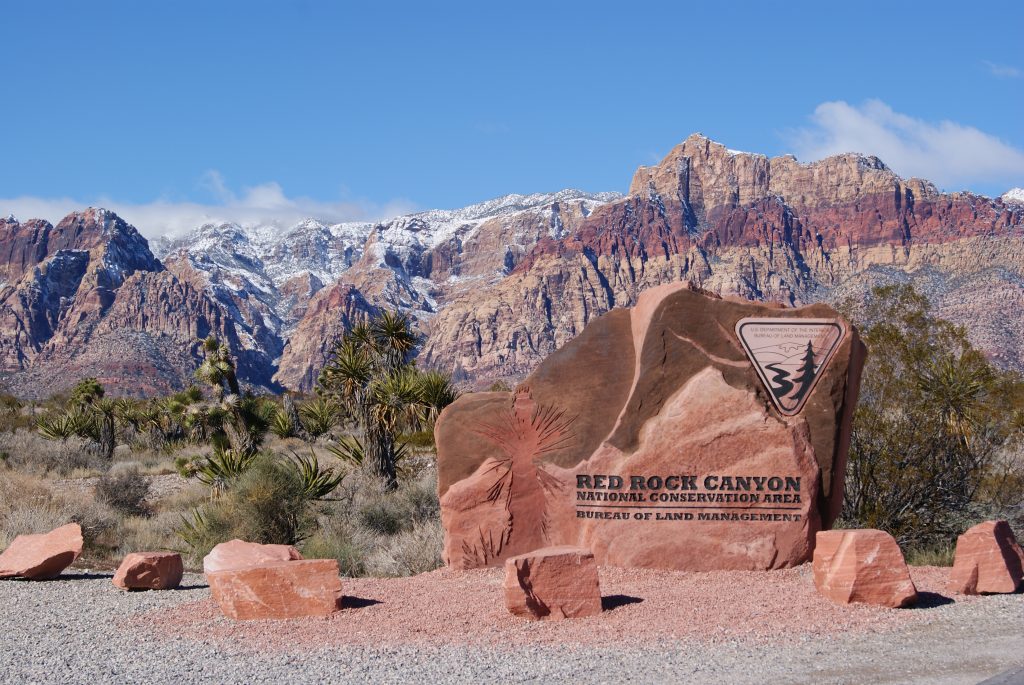
5. Mt. Charleston
Distance to Mt Charleston from Las Vegas
Approximately 50 min (37 miles)
About Mt Charleston
According to BLM.GOV — Just 45 minutes from Las Vegas, the Mt. Charleston Wilderness feels like it is worlds away from the city with invigorating mountain air, ice-cold springs, and evergreen forest amid the Spring Mountain National Recreation Area. This cool-weather oasis boasts a combined total of 56,018 acres and is jointly managed by the U.S. Forest Service and Bureau of Land Management.
Mt. Charleston is known as a sky island because of its high elevation and isolation from the drastically different desert lowlands. This wilderness extends along the crest of the most north-south Spring Mountains with towering cliffs, deep narrow canyons, steep hillsides and barren wind-swept summits.
The landscape, ranging from 4,440 to 11,916 feet in elevation, showcases a variety of life zones, plants, and animals. The Spring Mountains are also home to several endemic plants and animals.
Fun Fact About Mt Charleston
According to ZionNationPark.com,
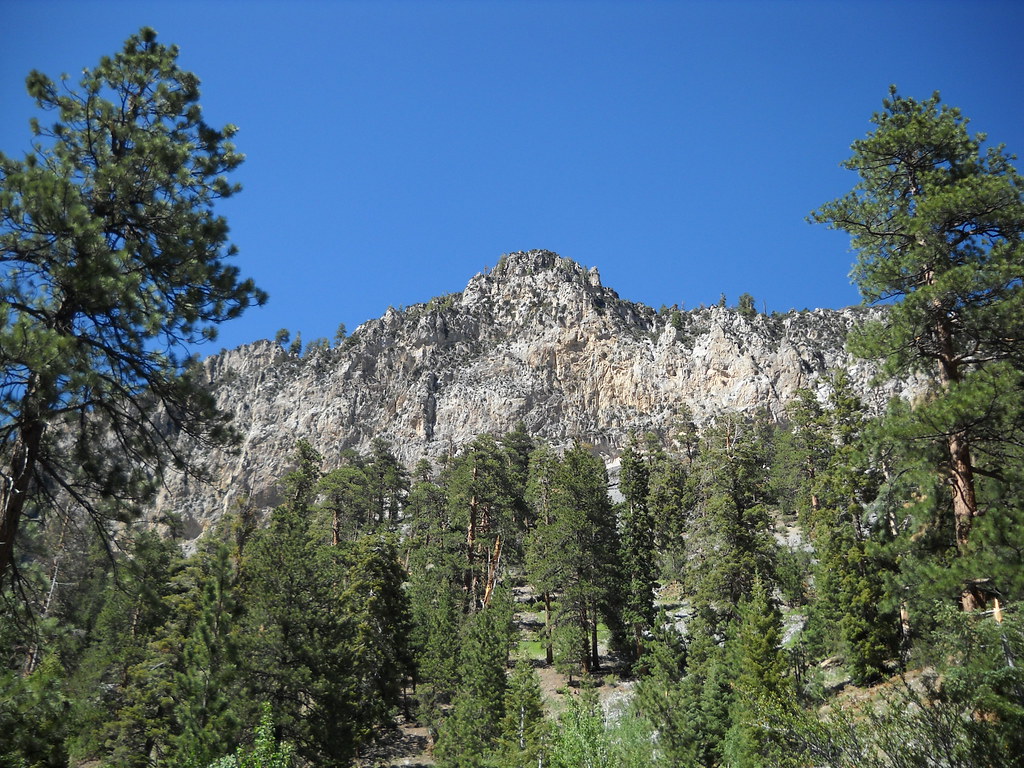
6. Valley of Fire
Distance to Valley of Fire from Las Vegas
Approximately 1 hr 2 min (55 miles)
About Valley of Fire
According to Parks.nv.gov — World-renowned for its 40,000 acres of bright red Aztec sandstone outcrops nestled in gray and tan limestone, the Valley of Fire State Park contains ancient, petrified trees and petroglyphs dating back more than 2,000 years.
A Visitor Center provides exhibits on the geology, ecology, prehistory, and history of the park and nearby region. The park also hosts an Annual Atlatl Competition in which participants test their skills with replicas of ancient spears.
Open year-round, the park has numerous campsites equipped with shaded tables, grills, and water, as well as many intriguing trails to tempt hikers.
Fun Fact About Valley of Fire
According to ZionNationPark.com,
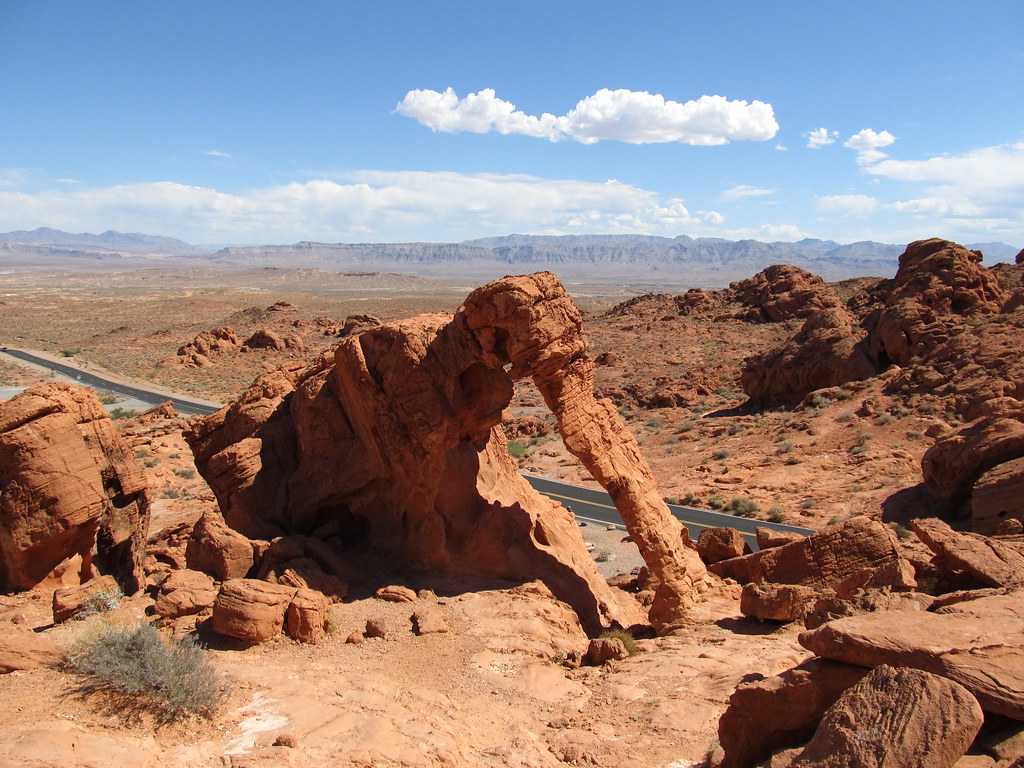
7. Lake Mohave
Distance to Lake Mohave from Las Vegas
Approximately 1 hr 55 min (100 miles)
About Lake Mohave
According to NPS.GOV — Lake Mohave is a reservoir on the Colorado River created in 1951 following the completion of Davis Dam near present-day Laughlin, Nevada, and Bullhead City, Arizona.
Named for the Mohave Indians who previously inhabited this region of the Colorado River valley, Lake Mohave extends approximately 67 miles along the valley from Hoover Dam to Davis Dam straddling southern Nevada and northwestern Arizona border, which follows the original river channel.
Fun Fact About Lake Mohave
Construction of Davis Dam was a requirement of the 1944 Water Treaty with Mexico to regulate water released from Hoover Dam for delivery to Mexico. Lake Mohave is used for that purpose through integrated operations with Hoover Dam.
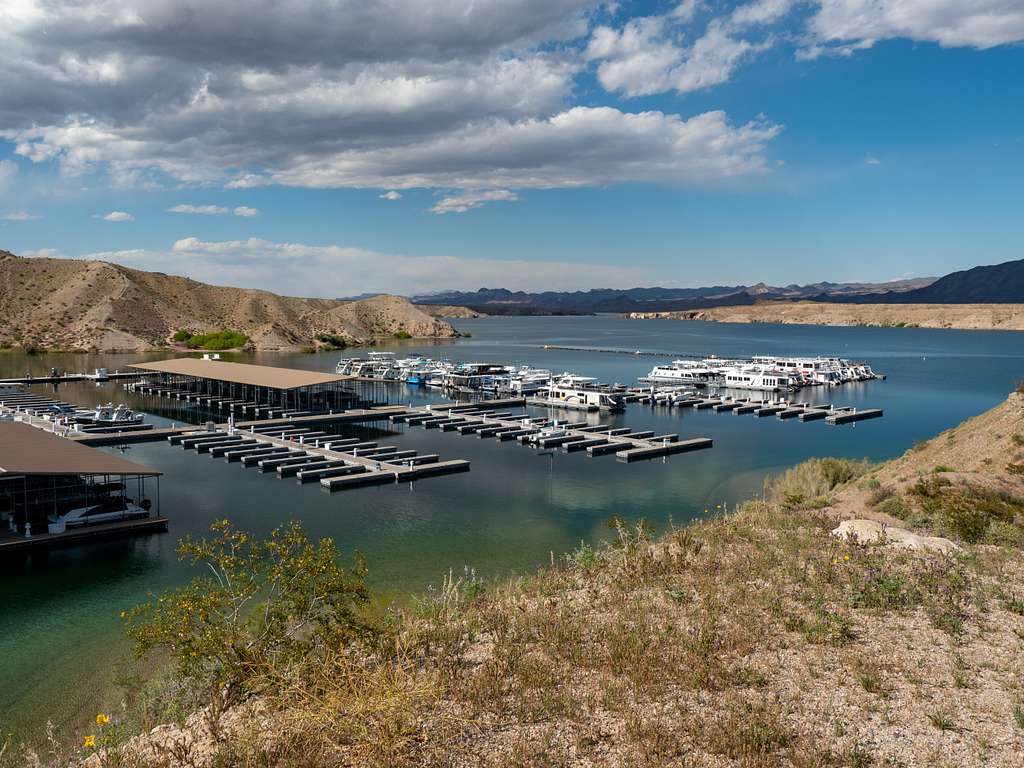
8. Zion National Park
Distance to Zion National Park from Las Vegas
Approximately 2 hr 50 min (166 miles)
About Zion National Park
According to NationalParks.Org, Situated in the southwestern corner of Utah near the Nevada and Arizona borders, Zion National Park is a convenient stop for those visiting Salt Lake City, Las Vegas or Grand Canyon National Park.
Accessible from State Route 9 or Interstate 15, Zion offers visitors a variety of activities across several geographic regions. It started out as Mukuntuweap National Monument in 1909 but was granted national park status by the U.S. Congress in 1919.
The highlight of Zion National Park is an expansive canyon. Averaging 2,000 feet deep, Zion Canyon offers hiking opportunities along its floor in the 20 to 30-foot wide area known as The Narrows and the challenging area known as The Subway. Swimming is also permitted in this area of the Virgin River.
Other spectacular features of Zion include natural rock arches. Two of the most prominent are the Crawford and Kolob. One thousand feet above the canyon floor, Crawford Arch can be seen from the patio of the park’s Human History Museum. Kolob Arch is visible by those hiking within the area of the park’s Kolob Canyon.
Other stone arches at Zion include Double Pine, Jughandle, Chinle Trail, and Hidden Arch.
Fun Fact About Zion National Park
According to ZionNationPark.com, The person who is credited with naming the place “Zion” is also the same person who, in 1863, settled the canyon floor. His name is Isaac Behunin.
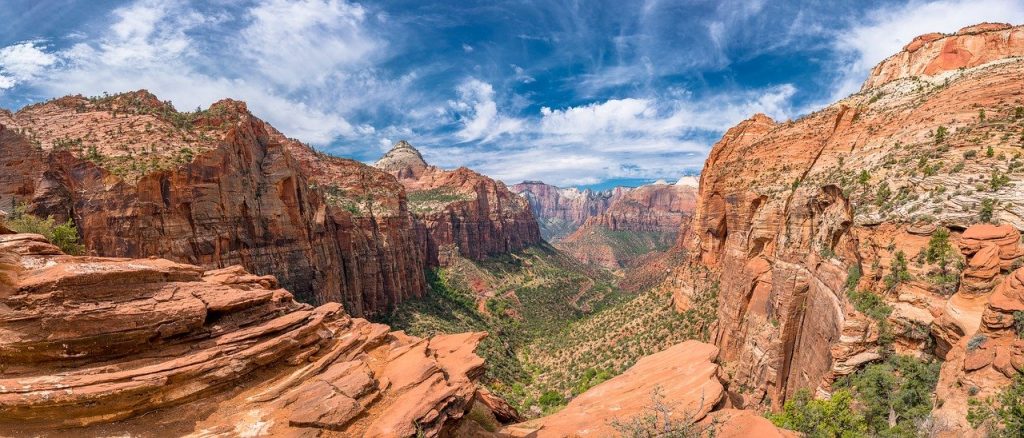
9. Bryce Canyon
Distance to Bryce Canyon from Las Vegas
Approximately 4 hr 11 min (266 miles)
From Bryce Canyon
According to Nationalparks.org, Bryce Canyon is also home to horseshoe-shaped amphitheaters carved from the eastern edge of the Paunsaugunt Plateau, scenic vistas, and the dark night sky. Visitors can expect spectacular hiking, camping, endless outdoor ranger activities, and even a Prairie Dog Festival.
Because the park covers a vertical distance of over 2,000 feet, it exists in three distinct climatic zones: spruce or fir forest, Ponderosa Pine forest, and Pinyon Pine or juniper forest.
Bryce Canyon first became a tourist destination in 1916 with Union Pacific. It was then declared a National Monument in 1923, and officially established as a National Park in 1928.
Fun Fact About Bryce Canyon
According to TheFactFile.Org, Although it is named Bryce Canyon, the geographic feature is not actually a canyon. Instead, it is a group of natural formations known as amphitheaters found on the eastern side of the Paunsaugunt Plateau.
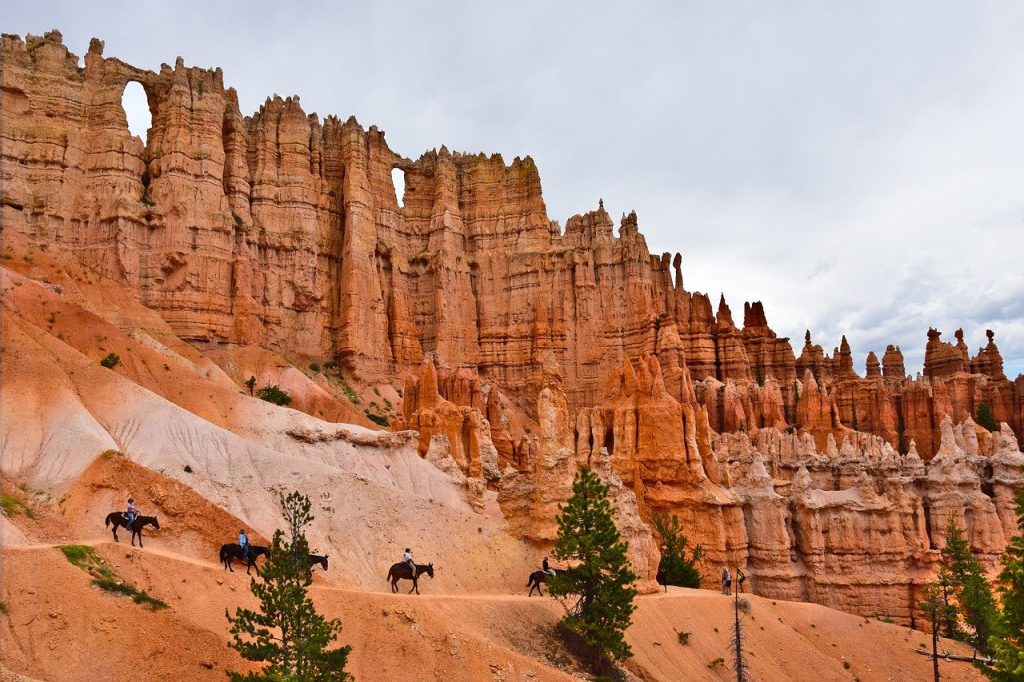
10. Death Valley
Distance to Death Valley from Las Vegas
Approximately 2 hr 20 min (124 miles)
About Death Valley
According to NPS.GOV, In this below-sea-level basin, steady drought and record summer heat make Death Valley a land of extremes. Yet, each extreme has a striking contrast. Towering peaks are frosted with winter snow. Rare rainstorms bring vast fields of wildflowers. Lush oases harbor tiny fish and refuge for wildlife and humans. Despite its morbid name, a great diversity of life survives in Death Valley.
Fun Fact About Death Valley
According to DOI.GOV, Death Valley is the lowest point in North America At 282 feet below sea level, Badwater Basin is a surreal landscape that tricks the senses.
